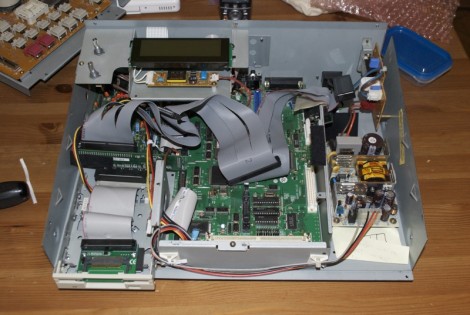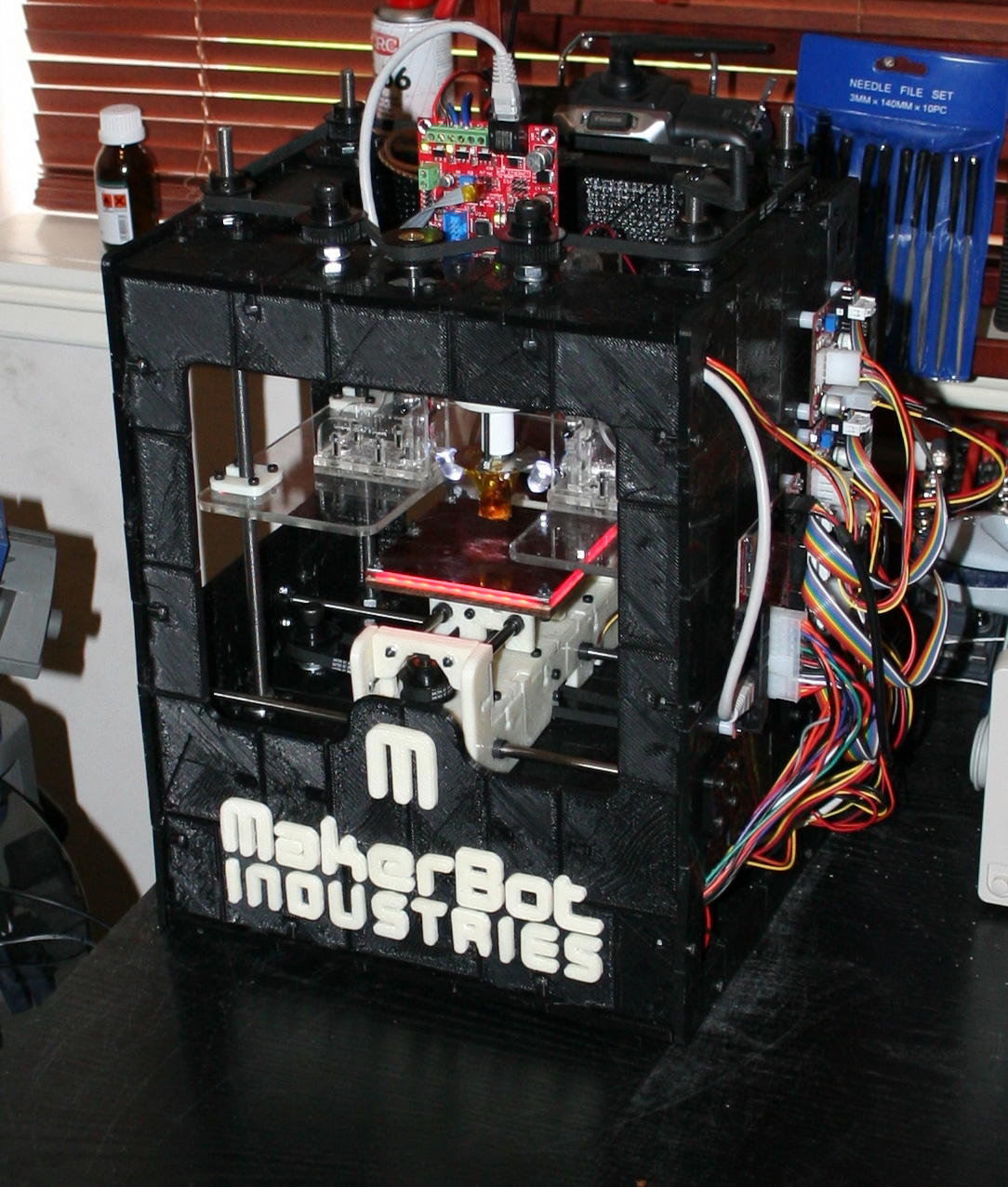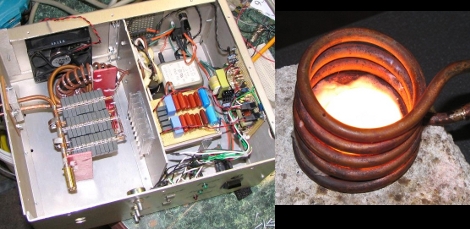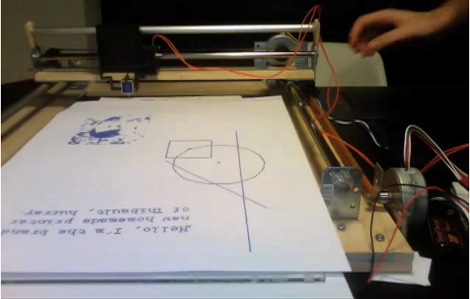
[Shoji] has a beloved sequencer that went out of production ten years ago. Unfortunately the storage options are also 10 year out-of-date as SCSI is the stock option for storing his loops. Using a series of adapters he added Compact Flash storage to his Akai MPC-2000 Classic. The board has a connector for 25-pin SCSI which he wired to a 25-pin to 50-pin SCSI adapter. From there he connects a SCSI to IDE board, and then an IDE to CF. Subsequent versions of the Akai Classic have floppy drives in the front left corner so he used this method to mount he CF slot. Now he’s got plenty of storage with very little change to the appearance of the looper.
















